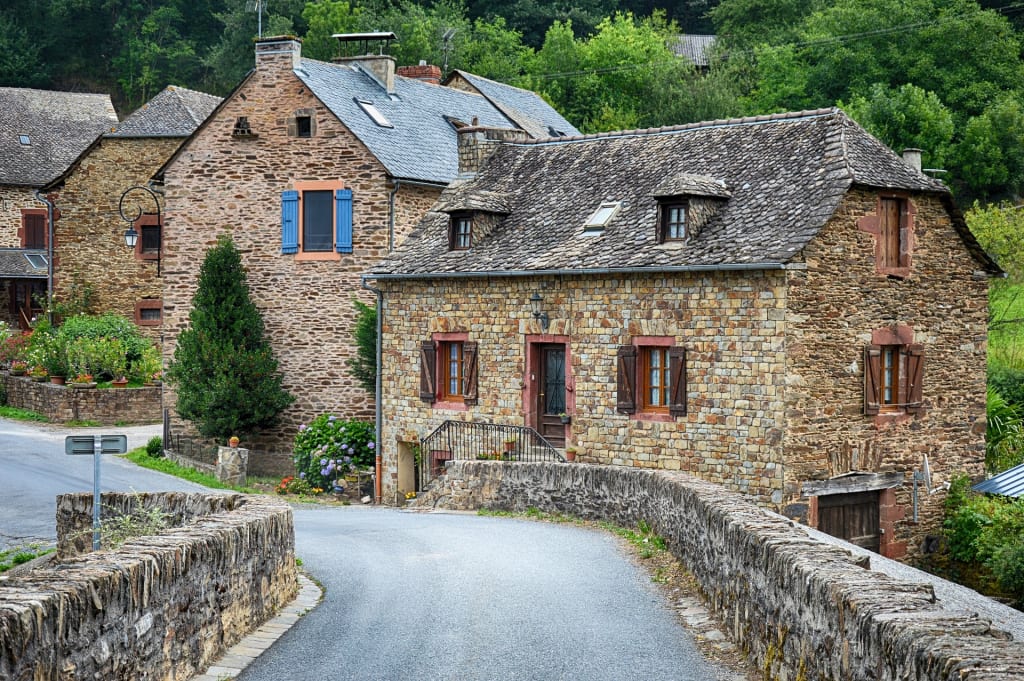Join us on an enchanting journey through time as we embark on an exploration of historical homes. Step foot into the past and uncover the stories that these magnificent dwellings hold. From grand castles to quaint cottages, each home has a unique tale to tell, weaving a rich tapestry of history and culture. Immerse yourself in the captivating charm of these architectural treasures, as we delve into the secrets and splendor of the past. Pack your bags and prepare for an unforgettable adventure through the corridors of time.
The Importance of Historical Homes
Historical homes hold significant value as they provide a tangible link to the past, offering us a glimpse into the lives and cultures of those who came before us. These architectural wonders are more than just buildings; they are repositories of history, heritage, and stories waiting to be told. By understanding the cultural significance of historical homes, we can appreciate and preserve these precious remnants of the past.
Understanding their Cultural Significance
Historical homes act as living artifacts, telling the tales of previous generations and the societies they lived in. Through these homes, we can gain valuable insights into the customs, traditions, and lifestyles of different eras. They allow us to experience history firsthand, providing a deeper understanding of our collective culture and identity.
Historical Architecture: A Reflection of Time
Historical homes represent more than just physical structures; they embody the architectural styles and techniques prevalent during specific periods. From the grandeur of baroque residences to the intricate details of Victorian-style homes, each architectural style reflects the artistic and cultural movements of its time. By studying historical architecture, we can trace the evolution of design and gain a better understanding of the socio-economic factors that shaped our built environment.
Preserving Historical Narratives Through Homes
Historical homes serve as tangible reminders of the past, preserving narratives that might otherwise be forgotten. Each home has a unique story to tell, whether it’s the Biltmore Estate showcasing the opulence of America’s Gilded Age or the Anne Frank House symbolizing the resilience of the human spirit during World War II. By preserving these homes, we ensure that these narratives continue to inspire and educate future generations.
World’s Famous Historical Homes
The Biltmore Estate: America’s Largest Home
The Biltmore Estate, located in Asheville, North Carolina, is a remarkable example of America’s grandeur during the Gilded Age. Built by George Vanderbilt in the late 19th century, this sprawling mansion boasts a staggering 250 rooms, including a magnificent library, a Banquet Hall, and exquisite gardens. Today, the Biltmore Estate stands as a testament to the wealth and opulence of America’s past and welcomes visitors from around the world.
The Anne Frank House: A Symbol of Courage
The Anne Frank House in Amsterdam, Netherlands, serves as a powerful reminder of the atrocities of World War II and the resilience of individuals in the face of adversity. This historical home, where Anne Frank and her family hid from Nazi persecution, has been preserved as a museum, allowing visitors to learn about Anne’s life and reflect on the importance of tolerance and compassion.
Shakespeare’s Birthplace: An Insight Into the Bard’s Life
Located in Stratford-upon-Avon, England, Shakespeare’s Birthplace offers visitors an intimate look into the life of one of the world’s greatest playwrights. This humble half-timbered house is where William Shakespeare was born and spent his early years. Now a museum, it displays artifacts and exhibitions that shed light on the life and works of the renowned playwright, allowing visitors to immerse themselves in the literary world of the Bard.
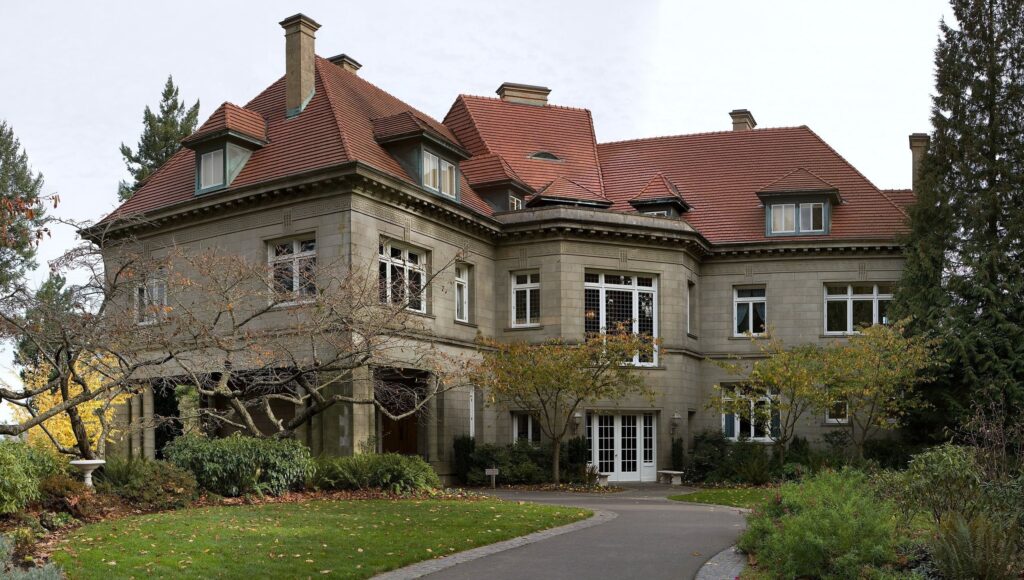
This image is property of empire-s3-production.bobvila.com.
Colonial-Style Homes in America
Distinct Architectural Features
Colonial-style homes, characterized by their symmetrical design, gabled roofs, and evenly spaced windows, played a significant role in shaping America’s architectural landscape. These homes often feature decorative elements, such as ornate moldings, paneled doors, and elaborate staircases, showcasing the craftsmanship of the era.
History and Origin of Colonial Homes
Colonial homes find their roots in the architectural traditions brought by settlers from Europe. The style originated in the early American colonies, particularly in New England and Virginia, reflecting the influence of British, Dutch, and Spanish design. The simplicity and functionality of colonial homes make them enduring symbols of America’s early settlements.
Famous Colonial Homes
Monticello, the iconic home of Thomas Jefferson, stands as a prime example of colonial architecture. Located in Charlottesville, Virginia, this beautiful mansion showcases the elegance and innovation of the era. Another prominent colonial home is the Nathan Hale Homestead in Coventry, Connecticut, where visitors can explore the life and legacy of the American Revolutionary War hero.
Victorian-Style Homes and Their Charm
Defining Victorian Architecture
Victorian-style homes, popular during the reign of Queen Victoria in the 19th century, are known for their intricate detailing and ornate features. These homes often feature vibrant color palettes, bold patterns, decorative trim, and expansive porches. Victorian architecture encompasses various sub-styles such as Gothic Revival, Italianate, and Queen Anne, each with its distinct characteristics.
The Role in Industrial Revolution
Victorian-style homes flourished during the Industrial Revolution, as advancements in technology and manufacturing allowed for greater architectural experimentation. The rise of the middle class and their desire for impressive residences led to the proliferation of these ornate homes. Victorian architecture became a way for homeowners to showcase their social status and display their personal taste.
Notable Victorian Houses Around the World
One of the most famous Victorian houses is the Painted Ladies in San Francisco, California. These brightly colored, intricately decorated Victorian homes along Steiner Street have become iconic symbols of the city. Additionally, Osborne House on the Isle of Wight, England, once Queen Victoria’s beloved summer residence, exemplifies the grandeur and elegance of Victorian architecture.
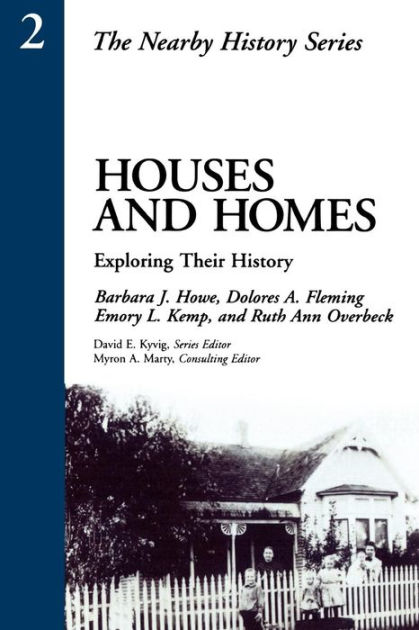
This image is property of prodimage.images-bn.com.
Exploring Baroque Residences
Characteristics of Baroque Architecture
Baroque architecture, popular from the late 16th to the early 18th century, is known for its lavish and theatrical style. Baroque residences often feature grand facades, elaborate ornamentation, and opulent interiors. The use of curves, domes, and intricate detailing creates a sense of drama and movement in these architectural marvels.
Historical Context of Baroque Homes
Baroque architecture emerged during a time of great political and religious upheaval in Europe. It was a visual manifestation of the Counter-Reformation movement in the Catholic Church, aiming to awe and inspire through its grandeur. Baroque residences, such as the Palace of Versailles in France, were commissioned by monarchs and nobles to showcase their power and authority.
Impressive Baroque Houses Globally
The Palace of Versailles, located near Paris, is the epitome of baroque architecture. This sprawling palace, with its grand halls, exquisite gardens, and lavish interiors, embodies the opulence and luxury associated with the baroque style. Another notable baroque residence is the Winter Palace in St. Petersburg, Russia, which serves as a museum and houses the Hermitage Museum’s vast collection of art and artifacts.
Historical Homes in Non-Western Cultures
Riad Homes in Morocco
Riad homes are traditional Moroccan houses centered around an interior courtyard or garden. These homes often feature stunning tilework, intricate plasterwork, and tranquil fountains. Riads provide a glimpse into the rich cultural heritage of Morocco, showcasing the blend of Arab, Berber, and Islamic influences in the architecture and design.
Ancient Havelis of India
Havelis, found in various regions of India, are majestic mansions built by wealthy merchants and nobles during the medieval period. These architectural gems typically feature intricate carvings, ornate balconies, and stunning frescoes. Havelis offer insights into India’s history, art, and social structure, serving as a testament to the country’s rich cultural tapestry.
Traditional Hanok Houses in Korea
Hanok houses are traditional Korean homes known for their sustainable design principles and harmony with nature. These homes often showcase elegant wooden architecture, distinct curved roofs, and beautiful courtyards. By exploring hanok houses, visitors can immerse themselves in Korea’s cultural heritage and experience the connection between architecture and the natural environment.
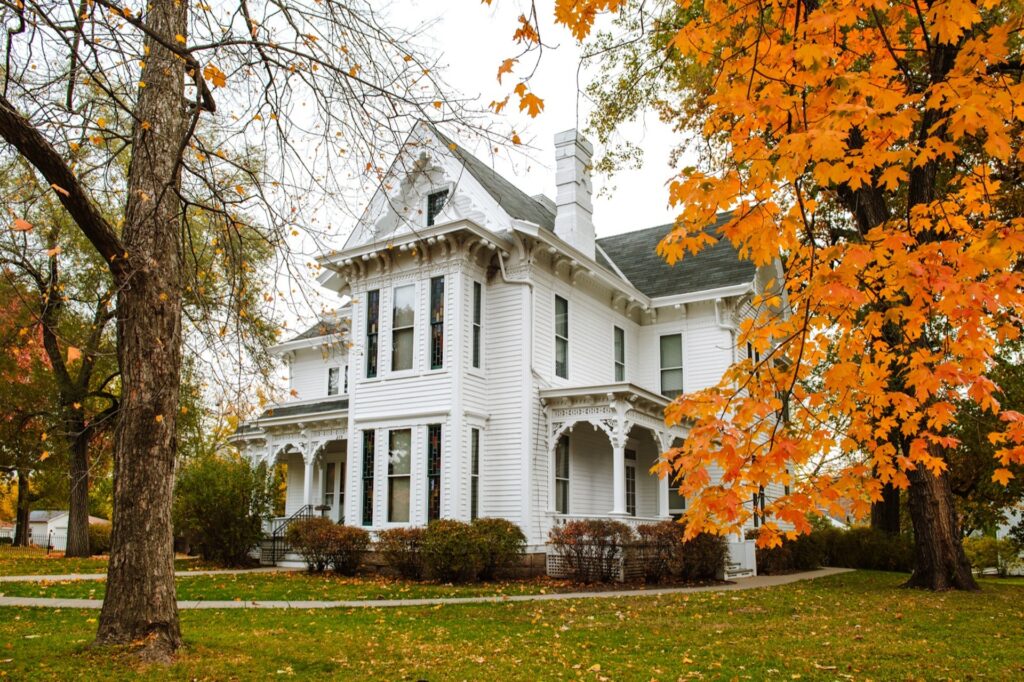
This image is property of lp-cms-production.imgix.net.
The Role of Historical Homes in Tourism
Historical Homes as Tourist Attractions
Historical homes attract tourists from around the world eager to glimpse into the past and experience different cultures firsthand. These homes provide a tangible link to history, offering visitors a unique and immersive experience. From guided tours to interactive exhibits, historical homes offer a glimpse into the lives of previous inhabitants, providing educational and enriching experiences for tourists.
The Economic Benefits of Heritage Tourism
Historical homes play a crucial role in heritage tourism, stimulating local economies by attracting visitors and generating revenue. Tourists often spend money on accommodations, dining, shopping, and local attractions, which bolsters local businesses and fosters job creation. The economic benefits of heritage tourism extend beyond the historical homes themselves, positively impacting entire communities.
The Impact on Local Communities
Historical homes serve as cultural landmarks, fostering a sense of pride and identity within local communities. These homes can become significant tourist attractions, drawing attention and resources to often overlooked areas. They also provide employment opportunities, both directly through tourism-related activities and indirectly by supporting local businesses and artisans involved in restoration and maintenance efforts.
Conservation and Preservation of Historical Homes
Challenges in Maintaining Old Houses
Preserving historical homes poses unique challenges due to their age, architectural complexity, and the need for ongoing maintenance. Factors such as weathering, structural degradation, and the availability of appropriate materials can complicate conservation efforts. It requires a delicate balance of preserving historical authenticity while ensuring the safety and functionality of the home.
Role of Organizations in Preservation
Numerous organizations, both governmental and non-profit, play a vital role in the preservation of historical homes. These organizations work to identify historical homes, advocate for their protection, and provide funding and expertise for restoration projects. Their efforts help safeguard these architectural treasures, ensuring they remain accessible to future generations.
The Process of Restoring a Historical Home
Restoring a historical home involves meticulous research, skilled craftsmanship, and careful attention to detail. The process typically begins with a thorough assessment of the home’s historical significance and condition. Preservation specialists then work to recreate original features, repair damage, and ensure the home meets modern safety standards. The goal is to retain the historical integrity while making necessary updates to ensure the longevity of the home.

This image is property of empire-s3-production.bobvila.com.
Incorporating Historical Elements into Modern Interior Design
Combining Old and New: An Aesthetic Appeal
Incorporating historical elements into modern interior design creates a unique and visually appealing aesthetic. Blending antique furniture, vintage accessories, or architectural details with contemporary design elements adds a sense of character and charm to a space. This approach allows homeowners to pay homage to the past while embracing the conveniences and styles of the present.
Recreating Historical Styles in Contemporary Homes
For those passionate about historical architecture, recreating historical styles in contemporary homes provides an opportunity to live in a space reminiscent of a specific era. Whether it’s a Victorian-inspired parlor, a colonial-style kitchen, or a baroque-inspired bedroom, homeowners can draw inspiration from historical homes and create a living space that reflects their appreciation for the past.
Preserving Historical Features While Renovating
When renovating historical homes, it’s essential to strike a balance between preservation and modernization. Careful consideration should be given to preserving original architectural features, such as ornate moldings, stained glass windows, or decorative carvings. These historical elements add character and value to the home, creating a harmonious blend of old-world charm and contemporary living.
Legal Framework Protecting Historical Homes
Legislation Governing Historical Buildings
Many countries have enacted legislation designed to protect historical homes and buildings. These laws often regulate the alteration, demolition, or sale of historically significant properties. They aim to ensure the preservation of cultural heritage and prevent the loss of irreplaceable historical assets.
Role of Government in Preservation
Governments play a crucial role in the preservation of historical homes by establishing legal frameworks, providing financial support, and overseeing the enforcement of preservation regulations. They often collaborate with heritage organizations and local communities to develop strategies for safeguarding historical homes and promoting responsible tourism.
Consequences of Non-Compliance
Failure to comply with regulations protecting historical homes can have consequences, including hefty fines, legal action, or demolition orders. Non-compliance not only risks the loss of irreplaceable cultural heritage but also undermines the value and authenticity of historically significant properties. It is essential for homeowners, developers, and communities to understand and uphold the legal framework protecting historical homes to ensure their continued preservation for future generations to enjoy.
In conclusion, historical homes hold immense importance in understanding our collective past and cultural heritage. From the architectural wonders of different eras to the stories and narratives they embody, these homes provide valuable insights into history, architecture, and the societies that shaped them. Through preservation, tourism, and appreciation, we can ensure that these treasures of the past continue to inspire and educate future generations.
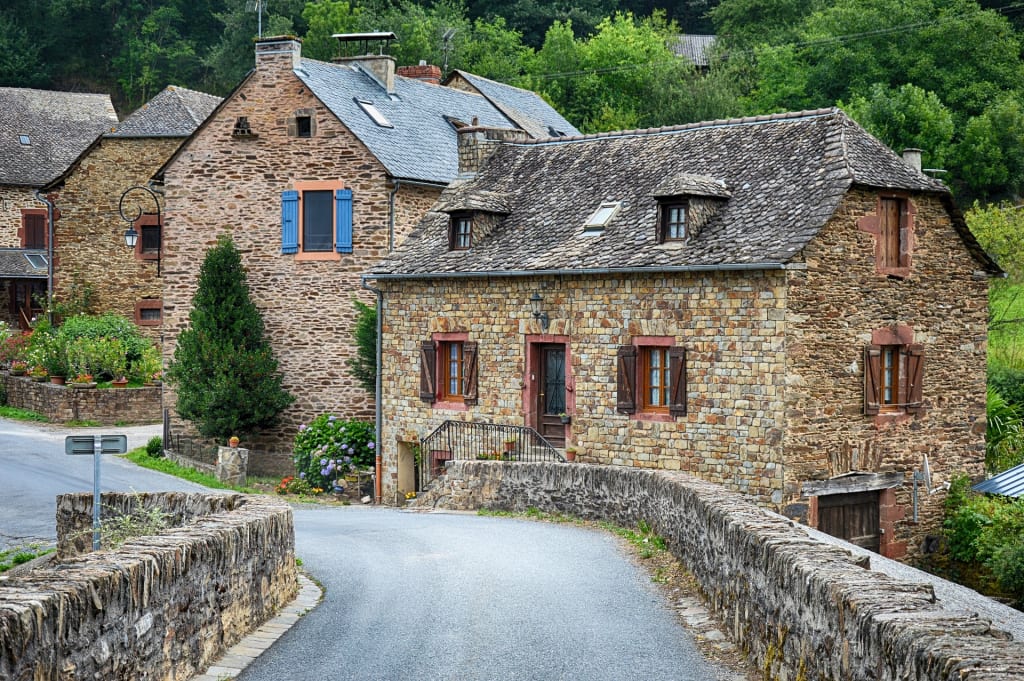
This image is property of res.cloudinary.com.

